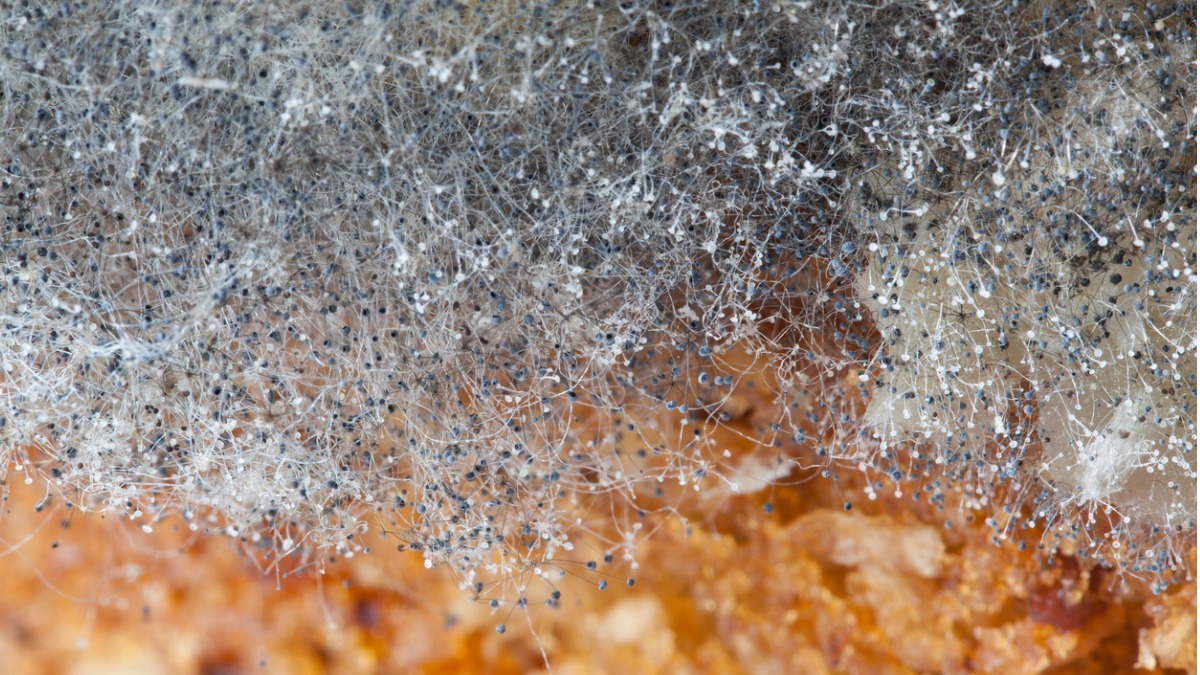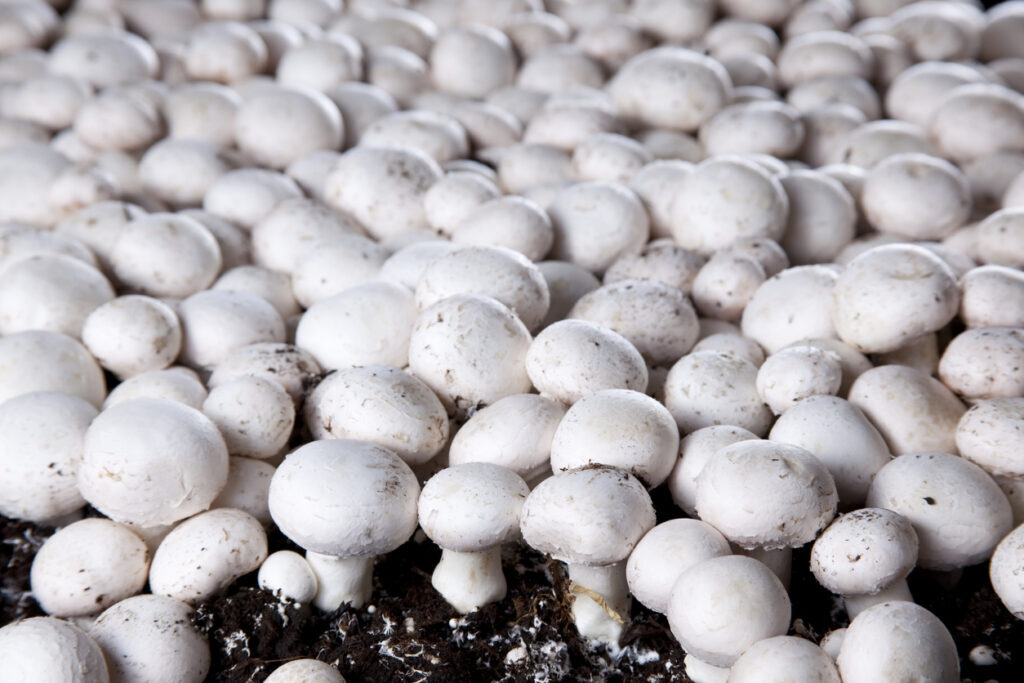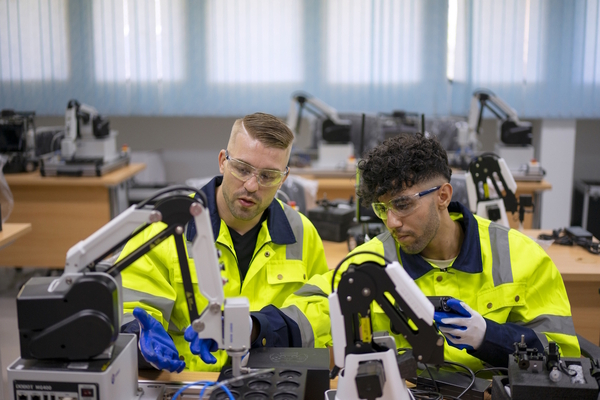5 ways fungi could change the world, from cleaning water to breaking down plastics

Fungi — a scientific goldmine? Well, that’s what a review published today in the journal Trends in Biotechnology indicates. You may think mushrooms are a long chalk from the caped crusaders of sustainability. But think again.
Many of us have heard of fungi’s role in creating more sustainable leather substitutes. Amadou vegan leather crafted from fungal-fruiting bodies has been around for some 5,000 years.
More recently, mycelium leather substitutes have taken the stage. These are produced from the root-like structure mycelium, which snakes through dead wood or soil beneath mushrooms.
You might even know about how fungi help us make many fermented food and drinks such as beer, wine, bread, soy sauce and tempeh. Many popular vegan protein products, including Quorn, are just flavoured masses of fungal mycelium.
But what makes fungi so versatile? And what else can they do?
Show me foamy and flexible
Fungal growth offers a cheap, simple and environmentally friendly way to bind agricultural byproducts (such as rice hulls, wheat straw, sugarcane bagasse and molasses) into biodegradable and carbon-neutral foams.
Fungal foams are becoming increasingly popular as sustainable packaging materials; IKEA is one company that has indicated a commitment to using them.
Fungal foams can also be used in the construction industry for insulation, flooring and panelling. Research has revealed them to be strong competitors against commercial materials in terms of having effective sound and heat insulation properties.
Moreover, adding in industrial wastes such as glass fines (crushed glass bits) in these foams can improve their fire resistance.
And isolating only the mycelium can produce a more flexible and spongy foam suitable for products such as facial sponges, artificial skin, ink and dye carriers, shoe insoles, lightweight insulation lofts, cushioning, soft furnishings and textiles.
Paper that doesn’t come from trees? No, chitin
For other products, it’s the composition of fungi that matters. Fungal filaments contain chitin: a remarkable polymer also found in crab shells and insect exoskeletons.
Chitin has a fibrous structure, similar to cellulose in wood. This means fungal fibre can be processed into sheets the same way paper is made.
When stretched, fungal papers are stronger than many plastics and not much weaker than some steels of the same thickness. We’ve yet to test its properties when subject to different forces.
Fungal paper’s strength can be substituted for rubbery flexibility by using specific fungal species, or a different part of the mushroom. The paper’s transparency can be customised in the same way.
Growing fungi in mineral-rich environments results in inherent fire resistance for the fungus, as it absorbs the inflammable minerals, incorporating them into its structure. Add to this that water doesn’t wet fungal surfaces, but rolls off, and you’ve got yourself some pretty useful paper.
A clear solution to dirty water
Some might ask: what’s the point of fungal paper when we already get paper from wood? That’s where the other interesting attributes of chitin come into play — or more specifically, the attributes of its derivative, chitosan.
Chitosan is chitin that has been chemically modified through exposure to an acid or alkali. This means with a few simple steps, fungal paper can adopt a whole new range of applications.
For instance, chitosan is electrically charged and can be used to attract heavy metal ions. So what happens if you couple it with a mycelium filament network that is intricate enough to prevent solids, bacteria and even viruses (which are much smaller than bacteria) from passing through?
 original article.
original article.
Business Reporter Team
Most Viewed
Winston House, 3rd Floor, Units 306-309, 2-4 Dollis Park, London, N3 1HF
23-29 Hendon Lane, London, N3 1RT
020 8349 4363
© 2025, Lyonsdown Limited. Business Reporter® is a registered trademark of Lyonsdown Ltd. VAT registration number: 830519543





